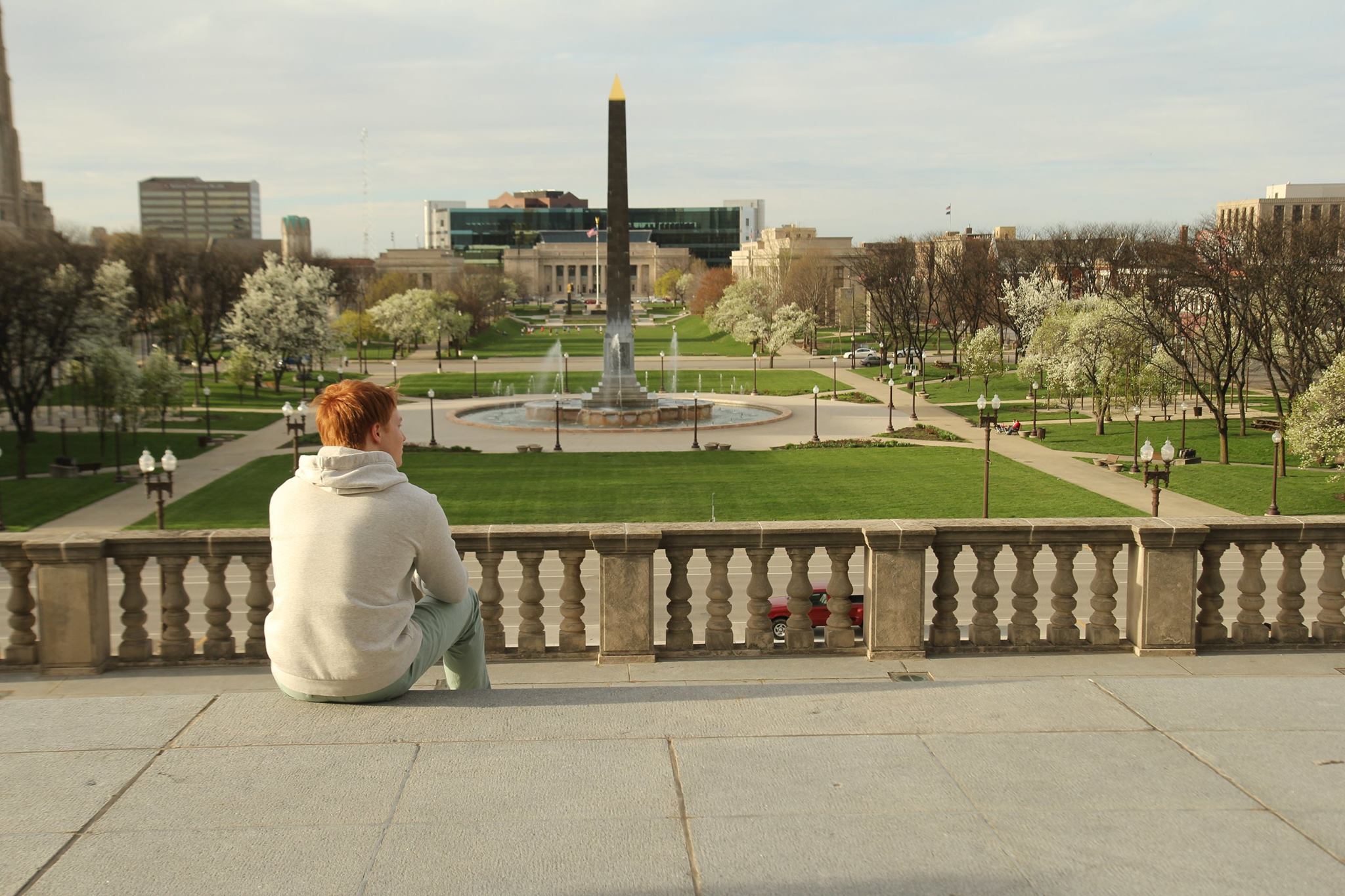United States, Indianapolis
FC-01x Future Cities (Self-Paced) - Exercise 3: "Factors of Livability"

Uploaded on 2017-01-09 by William H. Patterson
1. Bloomington, Indiana Tampa, Florida Indianapolis, Indiana London, United Kingdom Chicago, Illinois 2. Education Infrastructure Environment Crime rate Centrality Education is my number one factor in terms of liveability. I will use my home state to demonstrate education's impact on liveability. In Indiana, the best public school districts are surrounded by beautiful suburban homes and middle to upper class families. These communities attract better teachers, and students at schools in these areas build each other up. Clay township in Indianapolis is one instance. In another case, Indianapolis Public Schools (IPS) are situated throughout the inner city, where there is a lower standard of liveability. High school graduation rates are significantly lower, and the lower quality of education inevitably contributes to the local crime rate. Education has many effects beyond the classroom. My next factor is infrastructure. This includes housing options, public transportation availability, as well as public services, etc. Rural areas that necessitate cars to travel rank lower on my standards of liveability. For example: Bloomington and London public transportation services are very widely available - if sometimes congested. Environment is also key. Take China for example. China is home to some of the most beautiful and oldest architecture in the world. Many Chinese cities, however, lack high air quality and therefore do not rank on my list. Crime rate is one of my factors for very obvious reasons. If a city were beautiful in terms of design and efficiency and also had good local education systems, its ranking could still be dragged down by crime. Larger cities tend to rank lower due to nuisances of petty crime, and some also feel the effects of professionally organized crime. Centrality is my last factor. By this I mean geographic location. How well can people travel to this city? Is leaving the city convenient? This factor becomes very important when considering vacations, visiting family or otherwise centrality-dependent activities. 3. My permanent residence is in Indianapolis. The city itself covers a relatively large territory and includes affluent areas as well as poorer areas. In terms of education, Indianapolis is home to a number of academically strong institutions: a handful of universities, colleges, public and private schools. To me, it ranks very highly among cities with which I am familiar. Secondly, Indianapolis's infrastructure is continuously improving. Ongoing efforts by our last mayor to beautify and improve efficiency of the city's public services have made Indianapolis a fun and easily navigable city. It is home to the number one (or two) convention center in the U.S., the downtown public library got a huge new, beautiful building, and public transportation is also getting better. Additionally, the environment is welcoming. Indianapolis hosted the Super Bowl in 2012, receiving acclaim for its superb hosting performance. The city also makes up one of the few "liberal" counties in the state, attracting a great variety of Americans regardless of race, gender identification, etc. Indianapolis does rank a little lower on my list for its crime rate, but crimes are often concentrated outside of major business and academic areas. Lastly, the city is in the middle of the United States, making it a perfect place to live as well as a perfect host for events far too many to list here. (NOTE: Photo of me taken by Christine Hynds of Hyndsight Photography)